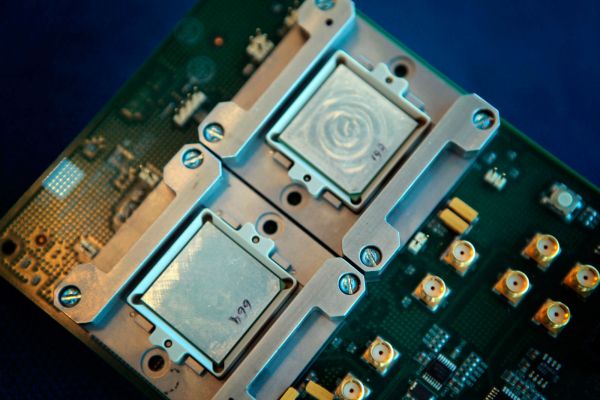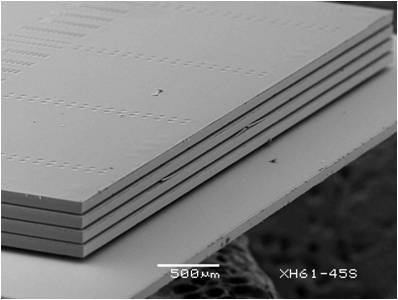
Original Link: https://www.anandtech.com/show/4819/intel-and-micron-develop-hybrid-memory-cube-stacked-dram-is-coming
Intel and Micron Develop Hybrid Memory Cube, Stacked DRAM is Coming
by Anand Lal Shimpi on September 15, 2011 1:10 PM EST

During the final keynote of IDF, Intel's Justin Rattner demonstrated a new stacked DRAM technology called the Hybrid Memory Cube (HMC). The need is clear: if CPU performance is to continue to scale, there can't be any bottlenecks preventing that scaling from happening. Memory bandwidth has always been a bottleneck we've been worried about as an industry. Ten years ago the worry was that parallel DRAM interfaces wouldn't be able to cut it. Thankfully through tons of innovation we're able to put down 128-bit wide DRAM paths on mainstream motherboards and use some very high speed memories attached to it. What many thought couldn't be done became commonplace and affordable. The question is where do we go from there? DRAM frequencies won't scale forever and continually widening buses isn't exactly feasible.
Intel and Micron came up with an idea. Take a DRAM stack and mate it with a logic process (think CPU process, not DRAM fabs) layer for buffering and routing and you can deliver a very high bandwidth, low power DRAM. The buffer layer is actually key here because it helps solve the problem of routing pins to multiple DRAM die. By using a more advanced logic process it's likely that the problem of routing all of that data is made easier. It's this stacked DRAM + logic that's called the Hybrid Memory Cube.

The prototype these two companies developed is good for data rates of up to 1 terabit per second of bandwidth. Intel claims that the technology can deliver bandwidth at 7x the power efficiency of the most efficient DDR3 available today.
The big concern here is obviously manufacturing and by extension, cost. But as with all technologies in this industry, if there's a need, they'll find a way.







